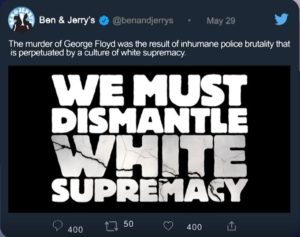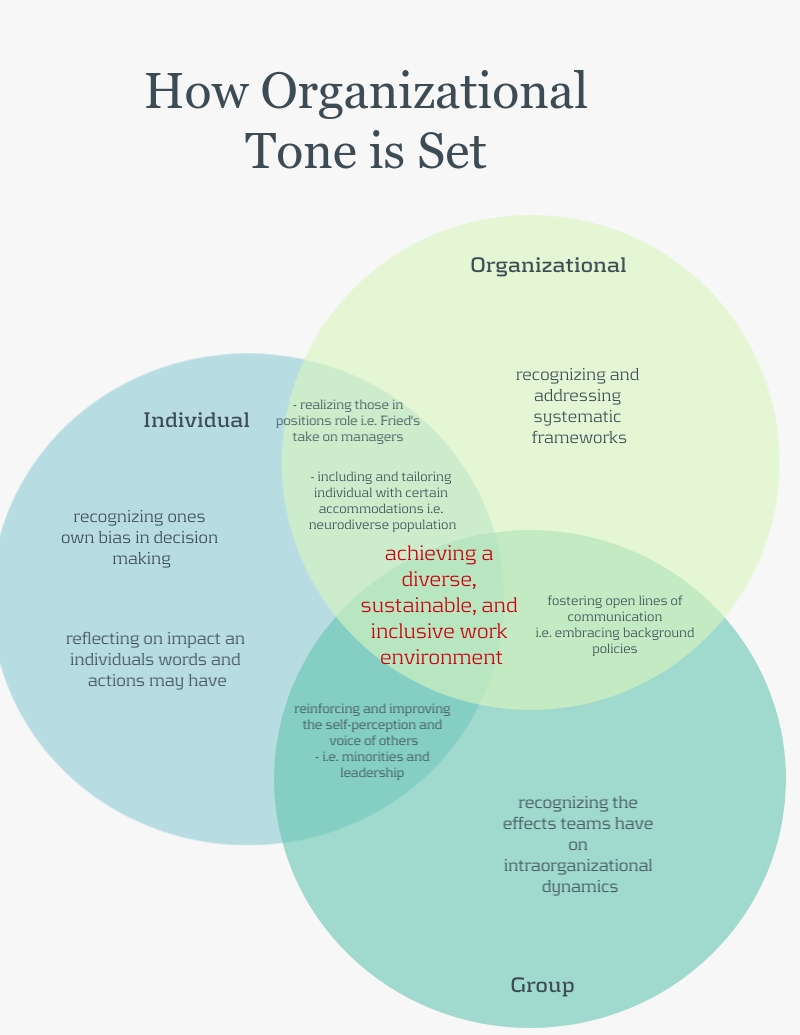As we move forward into Unit 2 this week, our focus will be twofold: identifying and practicing rhetorical strategies (thinking about how we say what we do) and working to articulate the specific issues we’re interested in exploring further beneath this big umbrella of organizational culture. This will be foundational to the larger work of Unit 2: exploring.
For this week’s discussion work, please respond to question 1 and either of the other questions. Your posts are due by Thursday, 6/18–an extension from the original date, as you have a brief analytical exercise due by Wednesday (see the Unit 2 schedule of assignments and the associated dropbox on Blackboard).
- Our primary purpose in Unit 1 was to expand the body of shared knowledge on the subject of diversity and organizational culture, and each of you has made an individual contribution to that effort. Now I’d like you to review your classmates’ contributions to see what they’ve added–click on “canon” in the tag cloud to read these. What have you found interesting and significant in what you’ve read in their posts? Please be specific in naming the issues that have stood out to you and in pointing us toward 1 particular media element (graphic, video, link, etc.) that really made an impression on you. Taking these contributions as a set, how are you seeing the idea of “diversity and organizational culture” differently?
- “Flashpoint” is one of those buzzwords used in lots of different ways, in fields as far removed as management and gaming and exercise and chemistry. And since it’s proven to be so flexible, in rhetoric, too. For our purposes, it refers to a sort of rhetorical spark, a moment in the text when we see an important genesis or shift—when something important suddenly becomes clear. Pick such a flashpoint in “The Problem with Diversity in Computing,” and walk us through your chain of thought using one template from TSIS that’s designed for presenting the reaction you want to capture. (Chapters 4 and 5 of TSIS offer lots of ideas)
- Crafting effective transitions can be a real challenge for writers, but we can learn a lot from examining how others approach the task. Consider how Bogost uses transitions to develop his argument by focusing on a specific passage—the movement between one paragraph and another or between one section and another. How does he lay the groundwork for the move? How does he pick up on one of those pieces to move forward with? Be specific—quote and analyze in detail.
Please categorize your posts as “Discussions/Homework,” and Tag with “unit 2,” “week of 6/15,” and [your name]. Read through your classmates’ posts later this week, and respond where you see fit.


